
By Kamran Ali
Photographer15 Nov 2017 - 7 Minute Read
When you’re traveling, sometimes chance is your best tour guide.
Riding my bike through the central Guatemalan highlands, I happened to arrive at places which were buzzing with festival performances and events.
First was the small town of Chichicastenango (aka Chichi), where the colourful and lively Wednesday market caught my attention.

My next stop was Joyabaj, which was celebrating the Tránsito de María or "Assumption of Virgin Mary." This festival features a variety of traditional dances.
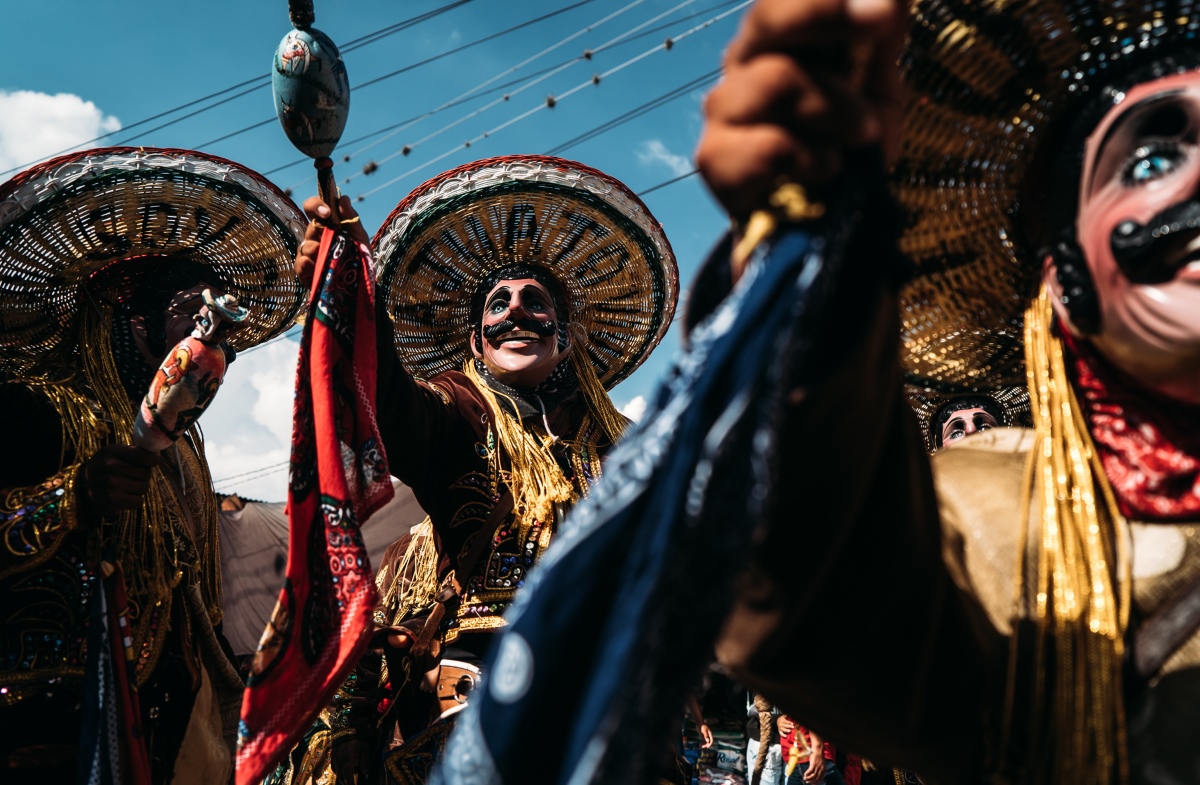
In front of the church, I saw two men launch themselves from the top of a 30-foot pole. They were attached to the pole by ropes – as the rope unwound, they descended to the ground in circles. This ancient Mesoamerican ceremony is called Palo Volador (Pole Flying). It thanks the Mayan gods and asks for their blessings for next year’s crops.
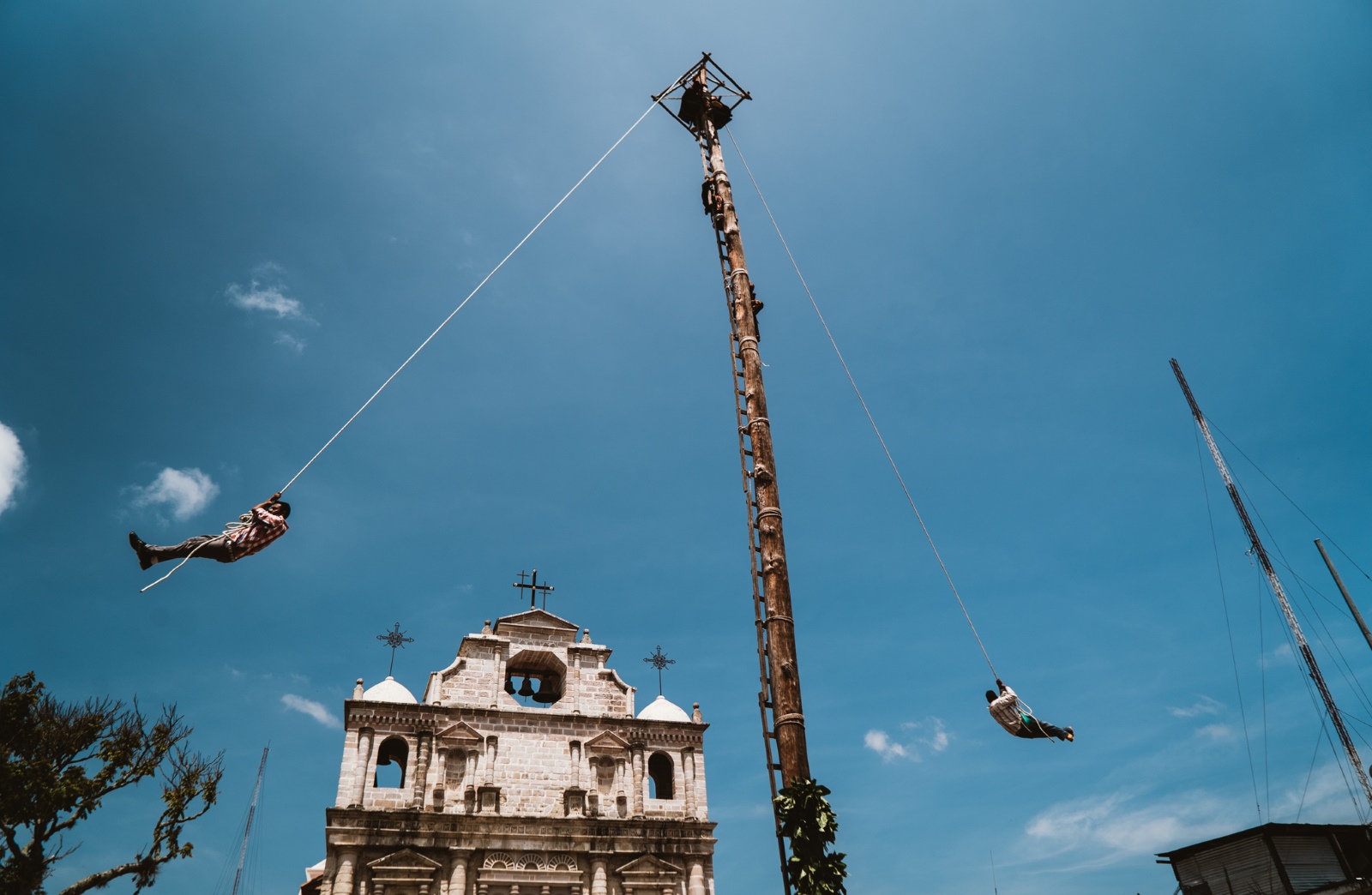
Baile de Torito (Dance of the Little Bull) is performed throughout Mesoamerica. It portrays the story of a farmer who enlists various characters to catch a brave bull – but the bull defeats them all.

Baile de la Conquista (Dance of Conquistadors) depicts the battle between the Spanish conquistadors and the indigenous Latin American people. At the end of the dance, the Spanish defeat the Mayans.
Centuries ago, Christian priests in Guatemala used this dance as a tool to convert the native population. It was a success – today the locals practice Christianity, with a blend of native rituals.
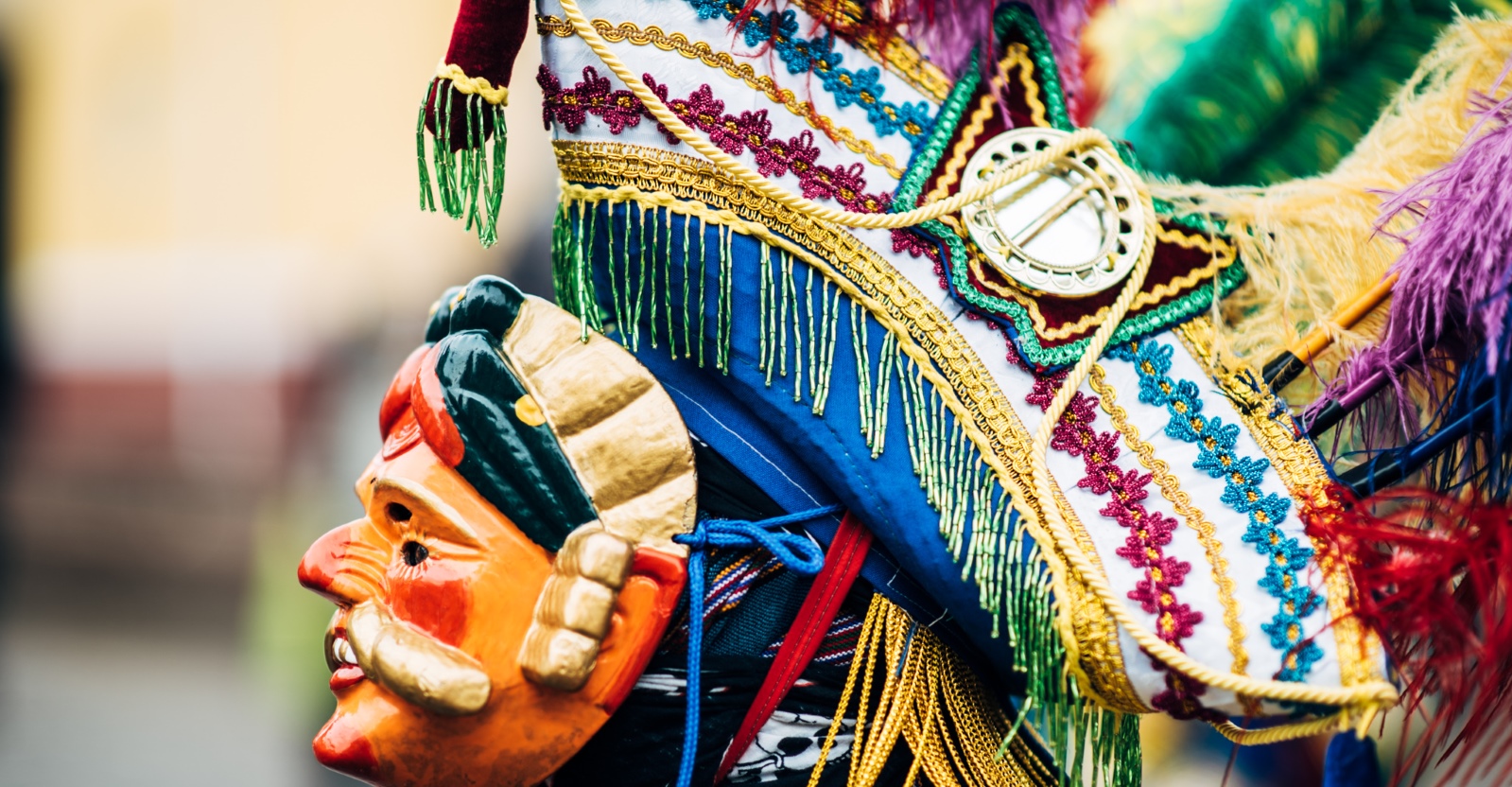
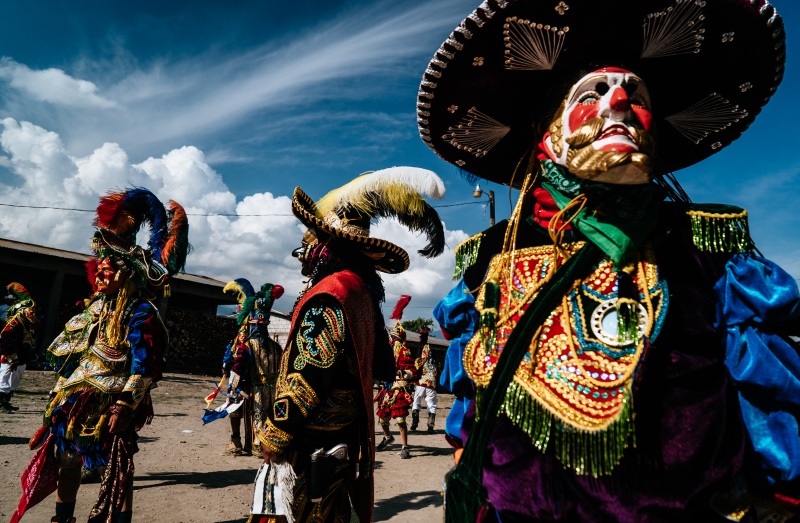
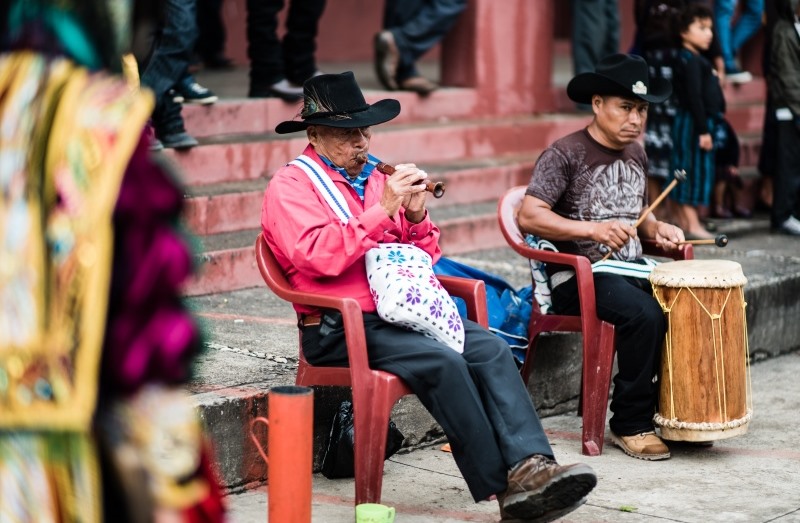
I had mixed feelings when watching the dance. The Spanish Conquest brought development, but at a cost. Today, the dance is a representation of a key moment in history, rather than a way of honoring the conquistadors, and there are elements of mockery in the dance.
On my way back to the hotel, I passed the municipal hall, which turned out to be hosting the grand finale of the Miss Joyabaj 2017 beauty pageant.
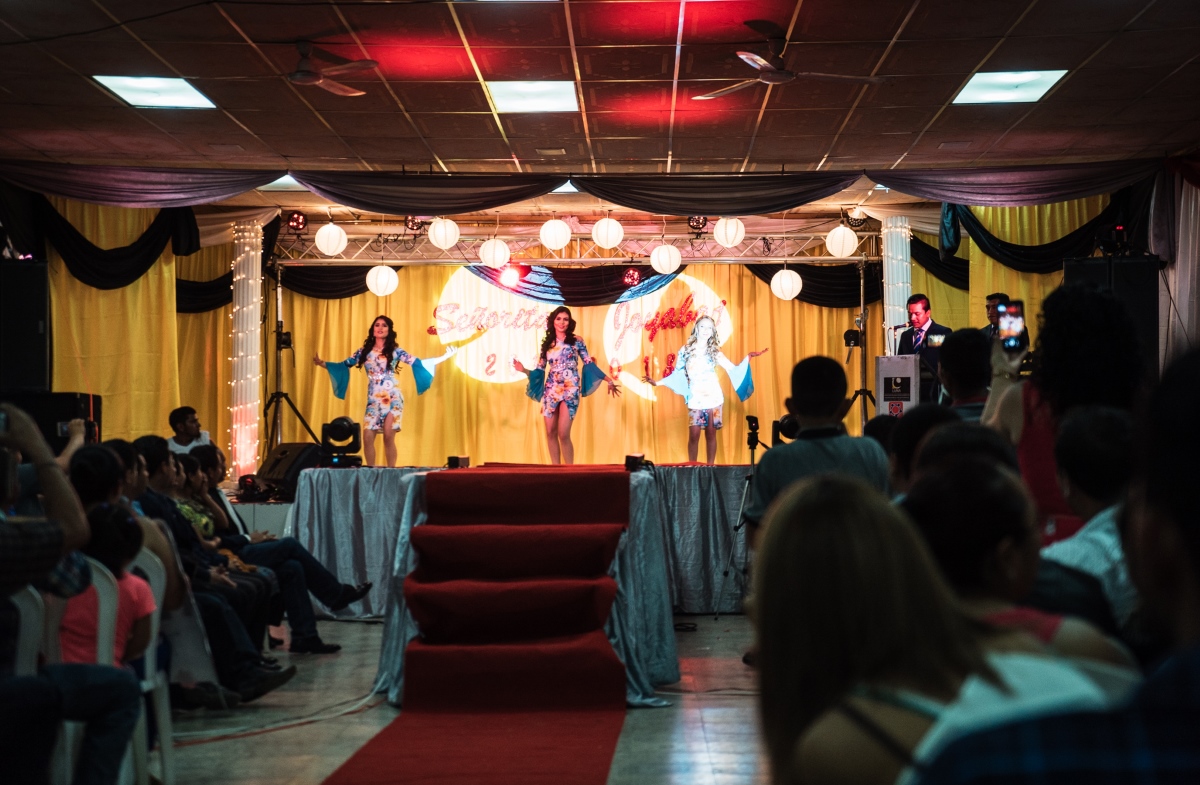
I went close to the stage and shot pictures. The emcee asked my name and to my surprise, announced my presence on the microphone.
The audience favorite, Erika Peña, won by a landslide. But I couldn’t help but notice that, while the majority of the people from Joyabaj are indigenous, they had no representation in the event as contestants or as members of the jury. The beauty pageant seemed to conform to western standards of beauty.
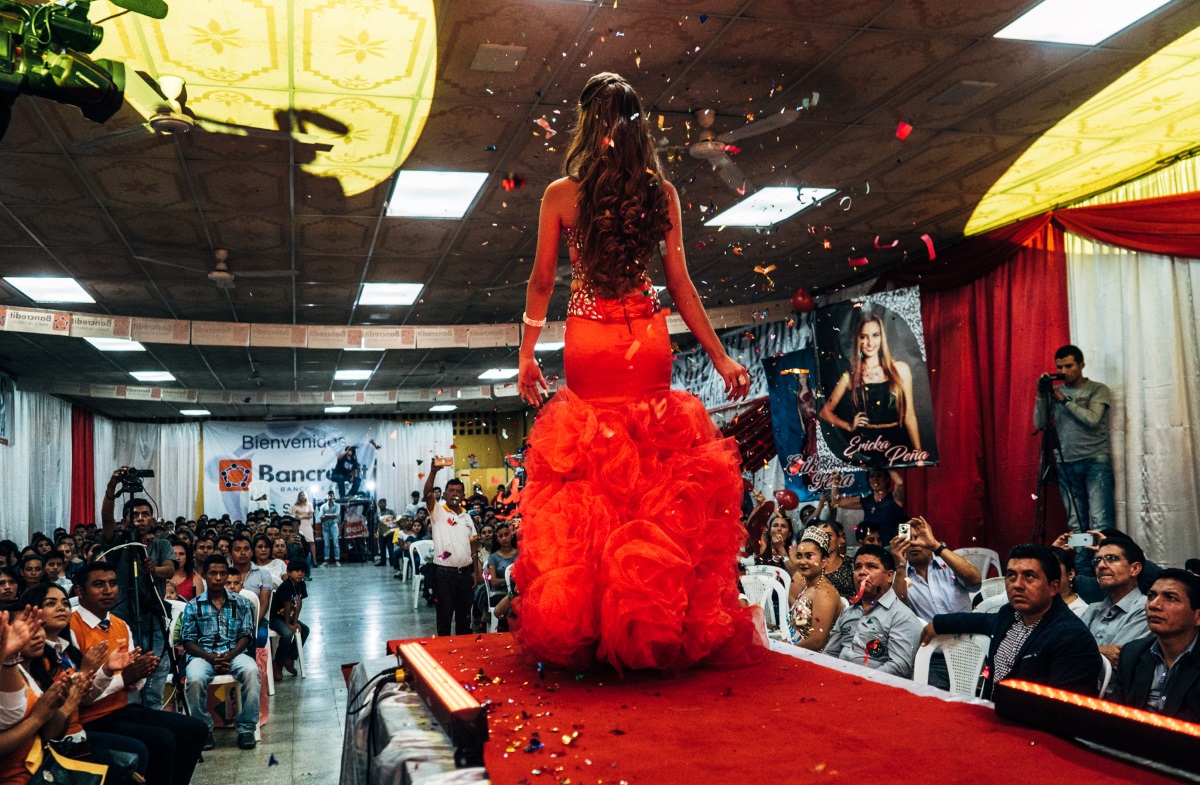
Next, my luck sent me to a place where I witnessed the most amazing horse-riding show of my life.
Just outside the town of Tactic, I saw a young girl in Mexican dress singing a song on loudspeakers installed on a pickup truck. Her mother told me there was an annual exhibition in Tactic and that I should go check it out.
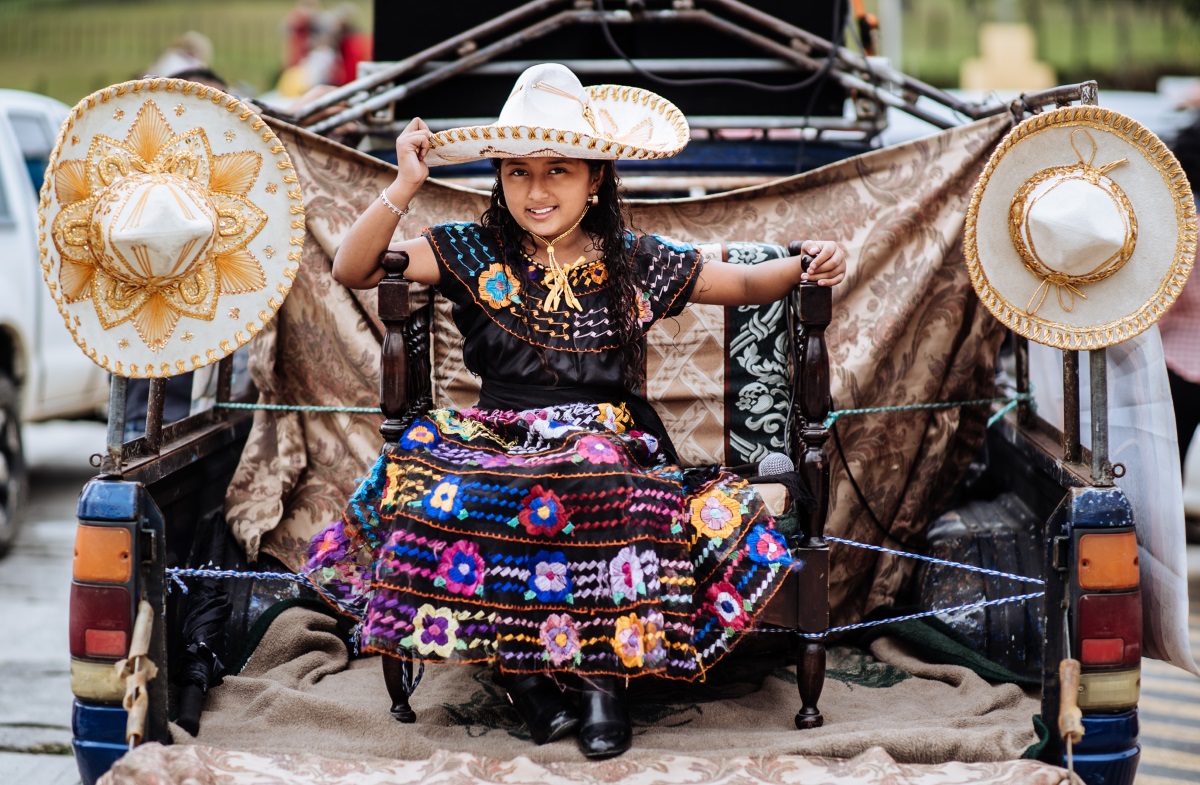
In the central square, I saw dozens of men, women, and children wearing heavy costumes and exuberant masks dancing in sync what looked like a war dance.
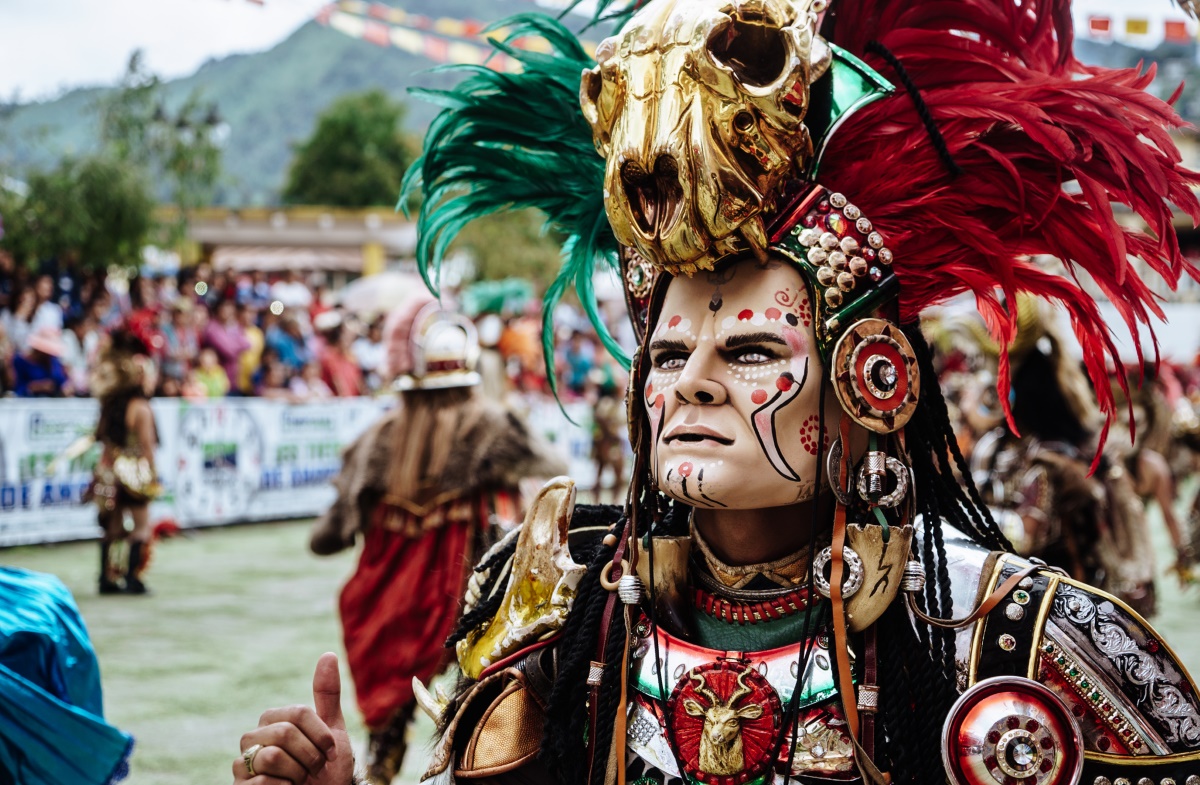
In front of the church, a huge crowd was gathered in anticipation.
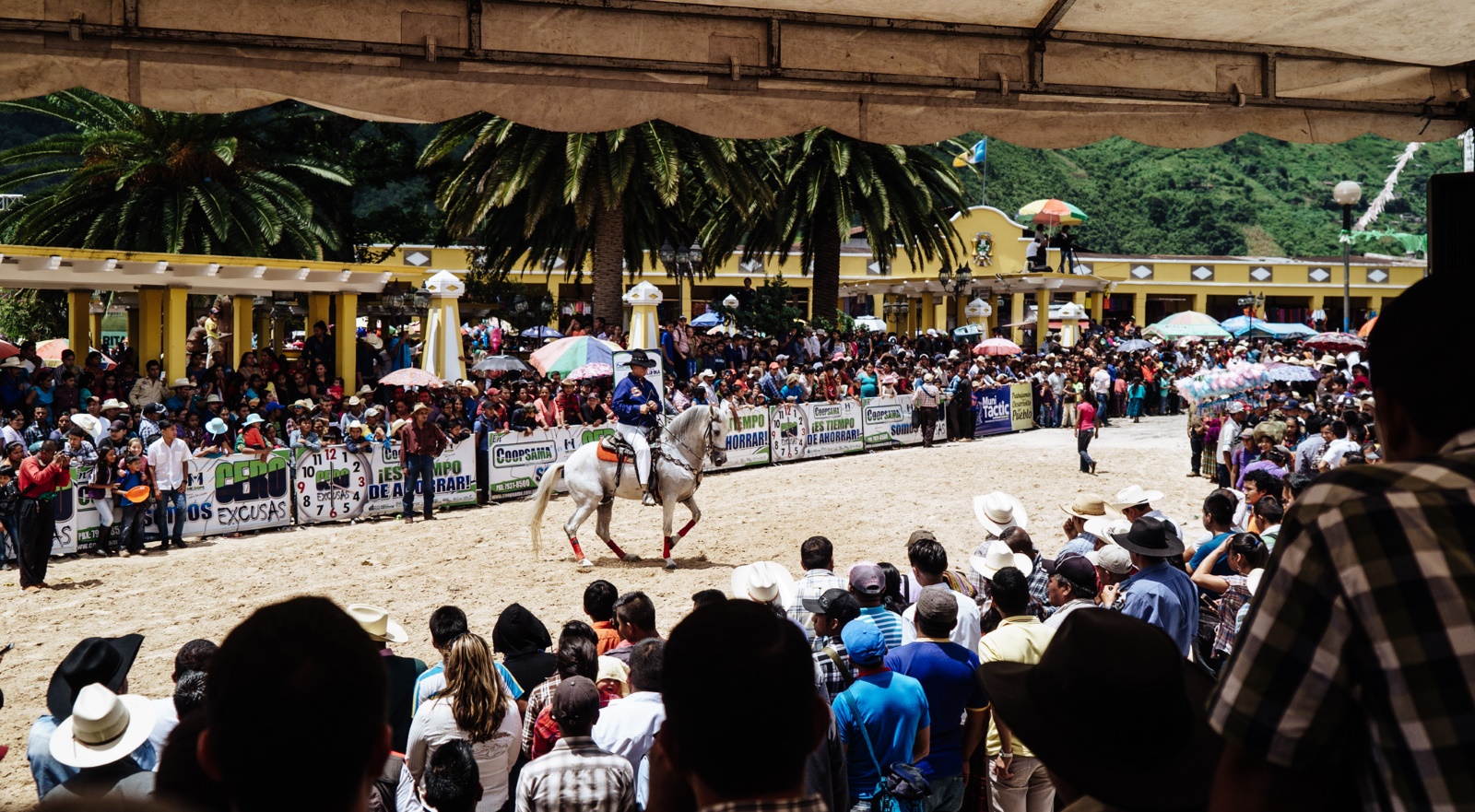
All the heads turned towards the church as a wave of horsemen appeared on the scene. Their horses, full of energy, galloping, hair flying in the air; the riders, urging them to run even faster.
This event was part of the two-day Feria de Tactic exhibition. A total of 170 horses took part in the show. Men, women and even children riders displayed their equestrian skills. I was right in the middle of it all photographing the horses, and came very close to getting trampled by them.


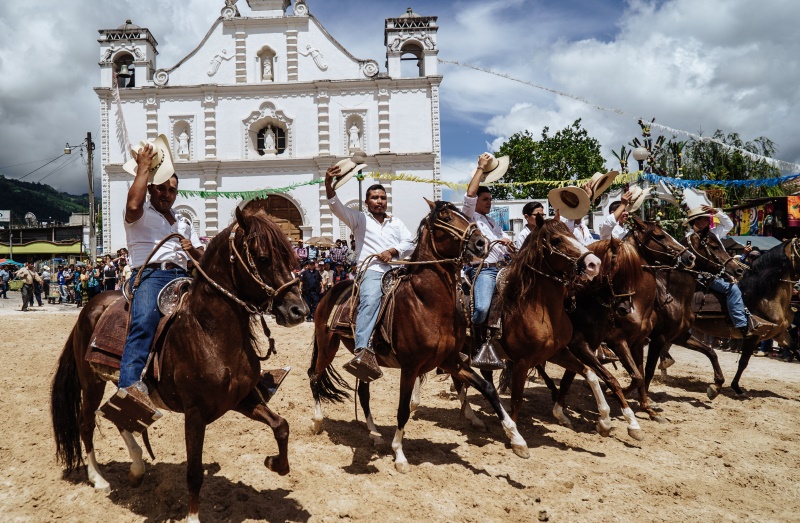
Even after the event ended, the riders kept the show alive in the streets. The men flirted with the local women who smiled back at them. I felt so fortunate to have seen this extraordinary expo completely by chance. The town was jam-packed with Guatemalans, but there were no gringos except me.
Discover similar stories in
discovery
Photographer
Kamran Ali is a cyclist and photographer, born and raised in Pakistan and currently on a 3-year, 30,000km bicycle journey from Argentina to Alaska.

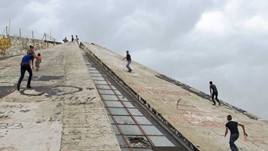
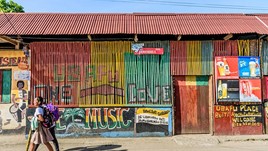

No Comments